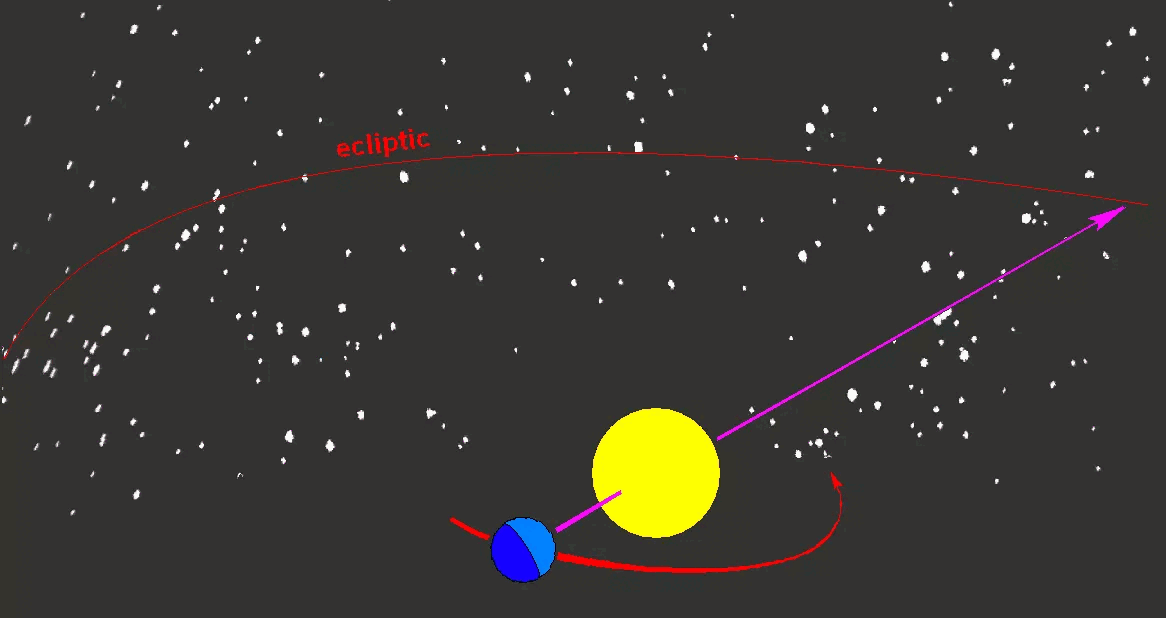The Lunar Year of the Water Cat (2023) is a leap year with two months of February—what’s the reason behind it?
Although the Gregorian calendar is widely used, the influence of the lunar calendar (commonly known as the Chinese calendar) remains deeply rooted in Vietnamese culture. The lunar calendar is used to determine the beginning of each month, the full moon days, as well as various festivals and celebrations like Tet and the Mid-Autumn Festival.
As a result of extensive, long-term research by ancient scholars, the lunar calendar (accurately referred to as the lunisolar calendar since it incorporates both the Earth’s cycle around the Sun and the Moon’s phases), contains many profound and mystical elements that may not be easily understood by “outsiders.” Many people wonder why there is a leap lunar year and how to identify which month is the leap month.
To answer these questions, we need to understand a few key concepts first: solar term, ecliptic, and equinoxes.
Solar Term: This is the moment when the Moon, the Sun, and the Earth align in a straight line, with the Moon positioned in the middle and its dark side facing the Earth. This marks the new moon phase, which helps to determine the first day of the lunar month. The interval between two solar terms is 29.53 days.

A Solar Term occurs when the Moon is aligned between the Earth and the Sun, facing its dark side towards the Earth.
Ecliptic: This term is used in astronomy and astrology to describe the path that the Sun takes as it moves along its orbit around the Earth. In simpler terms, it refers to an imaginary line divided into 12 equal parts.

Ecliptic: the imaginary path of the Sun in the celestial sphere.
Equinoxes: These are key points that divide the ecliptic into 12 equal parts. Among them, the four most important equinoxes are the spring equinox, summer solstice, autumn equinox, and winter solstice.
With these concepts in mind, we can address the first question: Why is there a leap lunar year?
Firstly, the lunar calendar is based on the Moon to divide the months, with each lunar month corresponding to a lunar cycle. Each lunar month averages 29.53 days, so for simplicity, it is conventionally accepted that each lunar month has either 29 or 30 days. A lunar month with 30 days is considered a “full month”, while a month with 29 days is termed a “short month.”
Since an average lunar month lasts 29.53 days, 12 lunar months will total approximately 354.36 days, which is about 10 days shorter than a solar year. To prevent these two calendars from drifting too far apart over time, the method of “leap months” is employed, meaning that every 2 or 3 years, there will be a lunar year with 13 lunar months. A leap lunar year can last up to 384-385 days.
Identifying which year is a leap year is not difficult. Ancient scholars established a rule that for every 19 years, there will be 7 leap years. These leap years fall on years 3, 6, 9, 11, 14, 17, and 19 of the 19-year cycle. To determine if a year is a leap year, simply divide the corresponding solar year by 19 and check if the remainder matches 3, 6, 9, 11, 14, 17, or 19—if it does, that year is a leap year.
The year 2023 divided by 19 leaves a remainder of 9, thus making the corresponding lunar year, the Year of the Water Cat, a leap year.
Next, we look for the leap lunar month—the month that is repeated to ensure the leap year has 13 months. This task is not complicated; one just needs to know which month lacks an equinox, as this month is eligible to be designated as the leap month.
If a year has several lunar months without equinoxes, the first month without an equinox following the winter solstice will be selected as the leap month. January and December are exceptions, as they can never be leap months. Since this year, the lunar month of February meets these criteria, it has been conventionally designated as the leap month.


















































